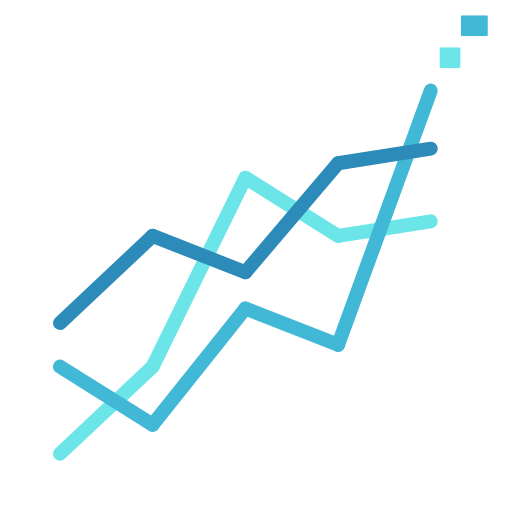How do I use technical analysis for risk assessment in commodity markets?
Technical Analysis for Risk Assessment in Commodity Markets
As a Commodity Market Risk Management Expert, my role is to help traders and investors understand and implement effective strategies for mitigating risk. One such strategy, particularly popular in commodity trading, is called technical analysis. It’s a method that forecasts the direction of commodity prices through the study of past market data, primarily price and volume.
Understanding Technical Analysis
Before diving into how to use technical analysis for risk management, it’s important to understand what this method is at its core. Technical analysis is a trading tool employed to evaluate commodities, identify trading opportunities, and attempt to predict future price movements. It hinges on statistical analysis that is anchored on the belief that price movements, volume traded, and other market aspects can signal future activity. Technical traders believe the past, when correctly interpreted, can provide a roadmap for the future.
Ways to Use Technical Analysis for Risk Assessment in Commodity Markets
1. Trend Identification
A key aspect of technical analysis involves identifying and following the commodity’s trend. Trends can be upward (bullish), downward (bearish), or sideways. Recognizing a trend can help a trader anticipate and make informed decisions. For instance, if a commodity is in an upward trend, one might consider buying or holding onto it, while downward trends could cue selling or shorting. Trend lines and moving averages are among techniques commonly used to identify a trend.
2. Support and Resistance Levels
Support and resistance are two key technical concepts that traders use to assess market trends and make strategic decisions. A support level is a price point where a commodity frequently falls but then bounces back up; it’s like the floor that supports the price. Conversely, a resistance level is essentially the ceiling, a point where the commodity seldom exceeds before falling back. A price breakout, above resistance or below support, often leads to significant price movements and, thus, can be a strong buy or sell signal.
3. Momentum Indicators
Momentum indicators, also known as oscillators, highlight the speed of price movement or the rate of change in price. They help identify whether a commodity is overbought or oversold, signaling potential reversals. Among the most popular momentum indicators is the Relative Strength Index (RSI), a tool that measures the speed and change of price movements to determine overbought or oversold conditions.
4. Volume Analysis
Volume is the number of shares or contracts traded in a security or entire market during a given period. It builds the bridge between price movement and liquidity. In technical analysis, tracking volume can add depth to understanding market trends. For instance, an uptrend with rising volume can indicate a robust, healthy upward move, whereas the same trend with falling volume may imply a weak move, potentially suggesting a reversal.
5. Pattern Recognition
Identifying patterns in price movements is another key aspect of technical analysis. These patterns typically appear on a price chart and can suggest potential future movement. These include patterns such as head and shoulders, double tops and bottoms, triangles, and wedges, each associated with specific market indications and trading strategies.
Key Takeaways
Managing risk in commodity markets is not a feat achieved overnight. While technical analysis can be a potent tool to assess and manage risk in trading, it has its limitations and should not be used in isolation. It’s crucial to pair it with fundamental analysis and keep abreast of socio-economic events, political scenarios, and market news to create a holistic risk management strategy.
Remember, all forms of market trading, including commodities, involve tremendous risk. Therefore, it’s advisable to consult with Commodity Market Risk Management Experts or Financial Advisers before making significant investment decisions. Comprehensive education, analysis, and a solid trading plan are your best defense against commodity market risks.
End Note
Using technical analysis for risk assessment in the commodity market is a systematic approach to understanding market trends, identifying trading opportunities, and mitigating risks. Though the market’s inherent unpredictability can’t be overlooked, the right analysis and risk management strategies can provide more control in the constantly fluctuating world of commodity trading.

